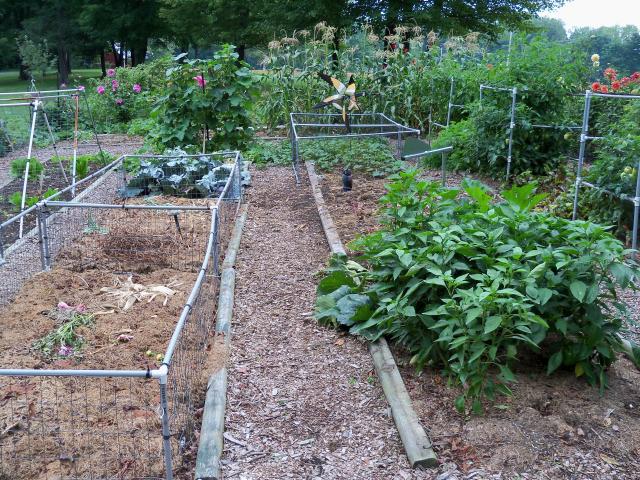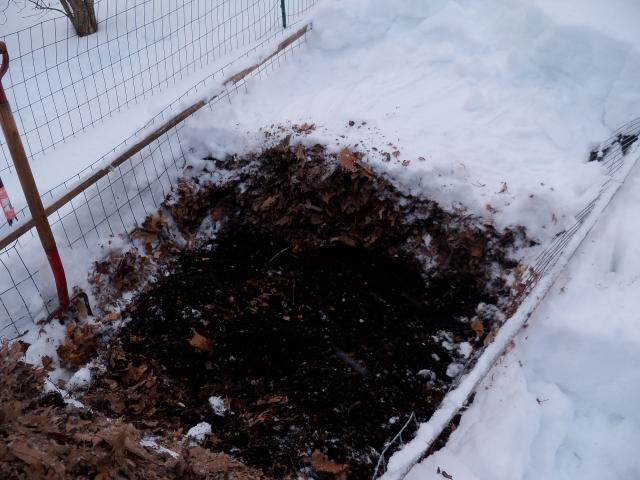Durgan
Attractive To Bees
A strong healthy potato plant will droop almost instantly when the moisture level drops below a certain point and they will not recover. The roots or tuber area averages about 22 C and changes little in most gardens. Stick a thermometer probe in the soil and monitor the temperature six inches down over a period of time.Mickey328 said:We tried this a couple of years ago and it went very well for a month or so. Then one day...all the plants were dead. We finally sussed out that they had "cooked"At about 5000 ft altitude, the sun here is very strong and with the roots raised, the soil just got so hot that we believe it killed them. We had even painted the boards white to help reflect. I believe we'll try again, but will rig up some sort of shade around the box so that just the top part gets the light. I think maybe if we keep a tarp around the box about a foot away from it, it may well help to keep that part shaded while allowing the tops to have the light. We'll have to build up the shade area as we build the box too, of course. If it doesn't work, we may just have to continue to buy our spuds.
We don't have adequate storage for many either, which is a pain. While we have a double attached garage and it's insulated, it gets beastly hot in there in the summer, and cold enough to freeze in parts of the winter. We do have a crawl space, and DH is in the process of digging down from the outside, we're not "there" yet. We're hoping to make a sort of root cellar out of it, so we'll have some area for storage of veggies, wine and various canned goods.


